As homebuyer preferences evolve, younger generations are increasingly embracing features that older buyers have come to reject or view as impractical. Gen Z and millennials are prioritizing design elements that cater to their modern lifestyles, such as energy efficiency, smart technology, and flexible, open layouts. What appeals to these younger buyers often contrasts sharply with the traditional features that older generations once cherished. In this article, we’ll explore 12 home features that are gaining popularity among younger buyers—features that older generations are moving away from as their expectations and needs change.
1. Dedicated Home Office Spaces
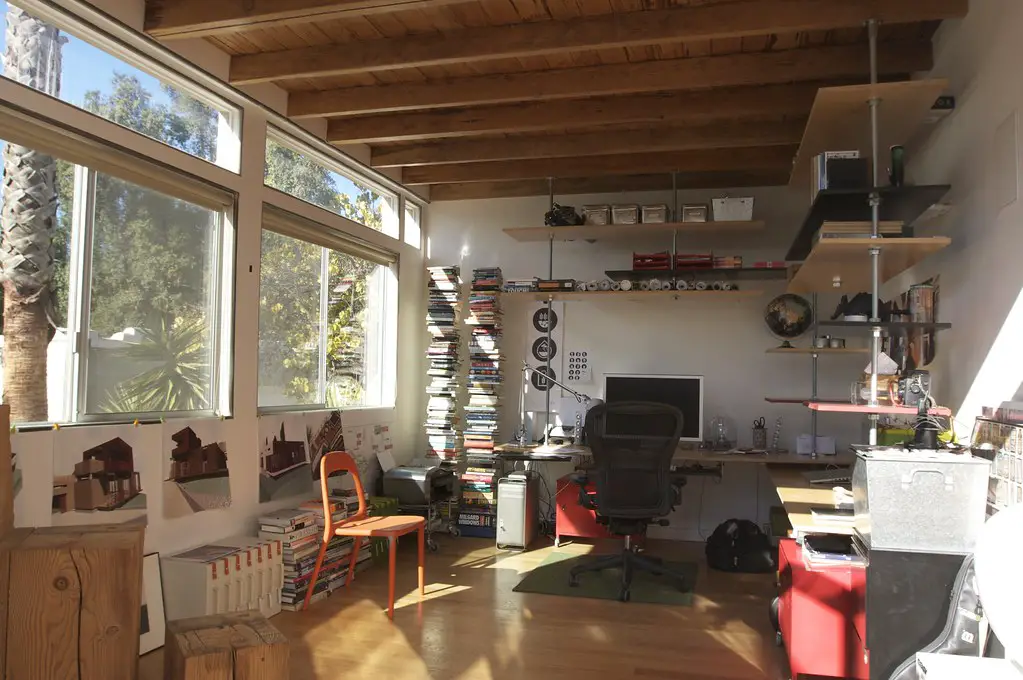
With the rise of remote work, dedicated home office spaces have become a top priority for younger buyers. For Gen Z and millennials, having a designated area to work or study is essential, allowing them to separate professional tasks from personal life. These spaces are often designed to be functional and flexible, incorporating ergonomic furniture, built-in shelving, and efficient lighting. Many homes now feature home office spaces with easy access to high-speed internet, ample electrical outlets, and plenty of natural light—crucial for those working from home full-time or part-time. For younger generations, these areas are not just about productivity but also about creating a comfortable, organized space that fosters creativity and focus, says Eye On Housing.
Older buyers, however, may not place as much value on a dedicated home office. For many in this demographic, the idea of working from home is not a priority, as they may already be retired or prefer to work outside the home. They are more likely to prioritize spaces such as formal dining rooms, libraries, or guest bedrooms, which may take precedence over a home office. Furthermore, older generations are often less likely to adopt modern technologies that make home offices efficient, such as high-tech lighting, adjustable desks, or smart devices, making them less inclined to invest in such a feature.
2. Outdoor Living Spaces
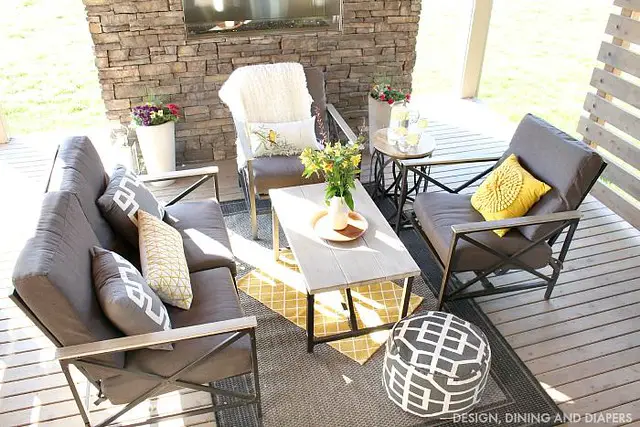
Outdoor living spaces have seen a surge in popularity among younger homebuyers, especially those in suburban or rural areas. According to U.S. News, Gen Z and millennials often view outdoor spaces as an extension of their homes, creating areas for entertaining, relaxation, or even gardening. Features like fire pits, outdoor kitchens, pergolas, and comfortable seating areas have become standard in homes designed for younger buyers. These spaces offer a retreat from the indoors and allow homeowners to connect with nature while hosting social gatherings. The trend also aligns with the growing desire to live an active and balanced lifestyle, with outdoor spaces offering opportunities for both relaxation and physical activity.
In contrast, older buyers may not see outdoor living spaces as a significant selling point. For many, outdoor areas require maintenance, such as lawn care, landscaping, or cleaning, which they may find burdensome as they age. Instead, older generations are more likely to prioritize practical, low-maintenance features such as small patios or porches, which don’t demand as much upkeep. Additionally, older buyers often prefer privacy, and larger outdoor spaces can feel exposed or harder to manage. As a result, younger buyers are more likely to invest in and embrace expansive, multifunctional outdoor spaces that appeal to their modern, social lifestyles.
3. Walk-In Closets

Walk-in closets are increasingly becoming a must-have feature for younger buyers, especially those who appreciate organization and functionality, says Forbes. These spacious closets often come equipped with built-in shelves, hanging rods, shoe racks, and even drawers for smaller items, offering both style and practicality. For younger generations, the walk-in closet is not just a place to store clothes but also a space that enhances the overall aesthetic of the home. It provides the flexibility to organize clothing in an orderly fashion, reduce clutter, and serve as an extension of the bedroom. Many modern homes are designed with larger walk-in closets that accommodate the growing trend of personalized fashion and the need for ample storage.
Older buyers, on the other hand, are often less concerned with the size or complexity of closet spaces. Many may prefer traditional closet designs with basic shelves or rods and are content with smaller, more functional storage spaces. As people age, they may also prefer simpler, easier-to-maintain storage solutions that don’t require as much space or organization. Older generations may also have fewer clothing items that necessitate a large walk-in closet, which makes it less of a priority in their home search. Consequently, while walk-in closets are a favorite feature for younger buyers, they may not be as high on the list for older homeowners.
4. Sustainable Materials
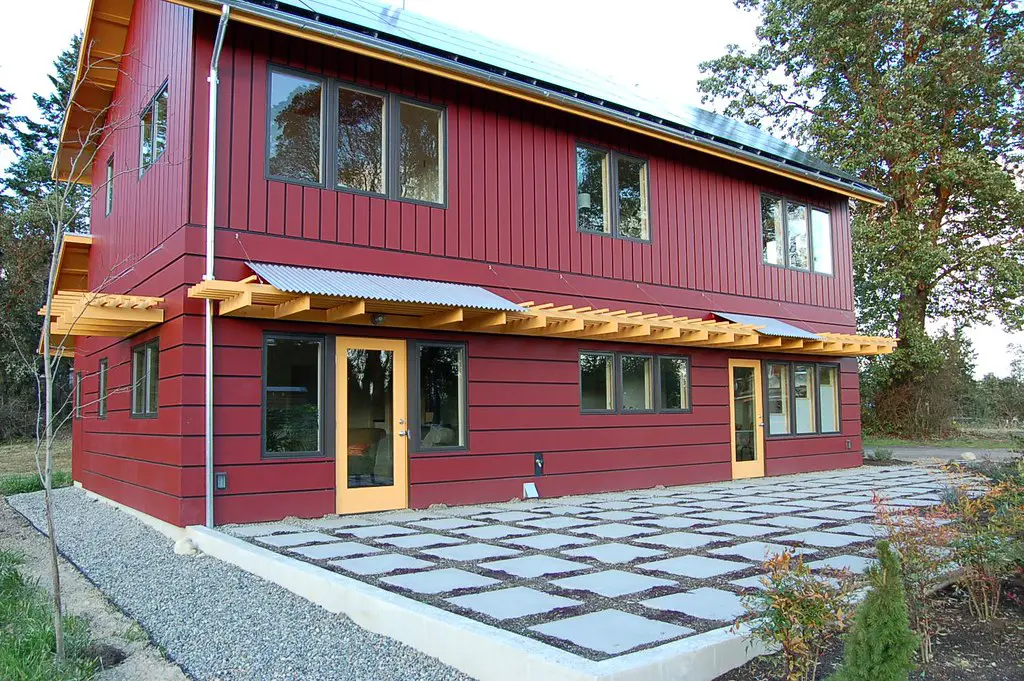
As environmental awareness grows, younger buyers are increasingly seeking homes made from sustainable materials, such as reclaimed wood, bamboo flooring, and recycled glass countertops. These materials not only appeal to their sense of responsibility toward the environment but also add unique, natural beauty to homes. 360 Training suggests that Gen Z and millennials are especially attracted to homes that incorporate eco-friendly elements like energy-efficient appliances, rainwater harvesting systems, and sustainable landscaping. The desire to reduce waste and carbon footprints extends beyond just energy efficiency and into every aspect of home design, from construction materials to interior finishes.
Older buyers, however, may not always be as interested in sustainable materials. Many in this demographic are more accustomed to traditional building materials such as brick, wood, and carpet, and might not prioritize the environmental benefits of using newer, sustainable options. The initial cost of sustainable materials, which can be higher than conventional materials, may also deter older buyers who are more focused on budget and practicality. While sustainability is important to some older homeowners, younger generations tend to be more proactive in seeking out homes that are not only environmentally conscious but also ahead of the curve in terms of design and technology.
5. Sunken Living Rooms
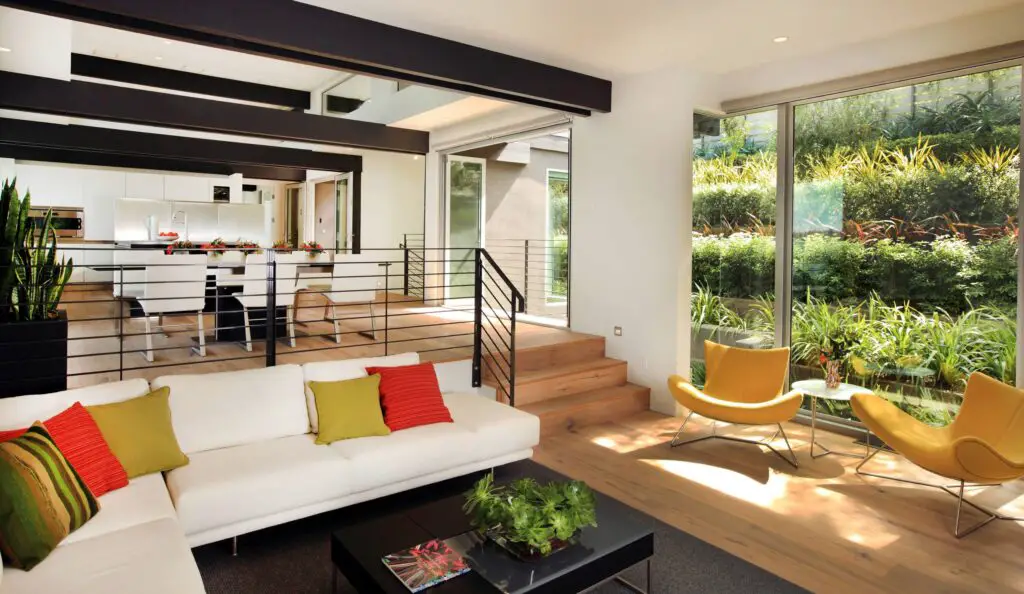
Sunken living rooms, also known as conversation pits, were a staple of 1980s homes, creating a cozy and intimate gathering space. Younger buyers appreciate the unique layout, which encourages socializing in a way that traditional living rooms don’t. While these spaces fell out of favor due to safety concerns and accessibility issues, many homeowners now see them as a stylish way to break up open floor plans. By incorporating modern materials and updated furniture, homeowners can blend retro charm with contemporary comfort.
The revival of sunken living rooms also stems from the push for more character-driven interiors. As noted by Forbes, younger generations are moving away from sterile, all-white designs in favor of spaces with personality. These cozy nooks provide a natural focal point, making living areas feel more inviting. With a few design tweaks, such as built-in lighting and strategic furniture placement, homeowners can make these retro spaces both stylish and functional.
6. Wood Paneling

Wood paneling was once seen as a relic of outdated basement décor, but it’s making a comeback in a fresh, modern way. Today’s homeowners are embracing real wood finishes over artificial materials, adding warmth and texture to their spaces. Instead of the dark, heavy panels of the past, designers are now opting for lighter woods and creative installation patterns that feel contemporary. When paired with minimalist furniture and neutral color palettes, wood paneling can provide a stylish contrast that enhances the overall aesthetic.
Another reason for its resurgence is the increasing preference for organic materials in interior design. As noted by Architectural Digest, younger buyers are drawn to natural elements that create a cozy and inviting atmosphere. Wood-paneled accent walls, cabinetry, and even ceilings can add dimension to a room without overwhelming it. By using reclaimed wood or high-quality veneer, homeowners can achieve the vintage look while maintaining an eco-friendly approach.
7. Glass Block Walls

Glass block walls were once a common feature in ’80s bathrooms and entryways, offering a way to let in natural light while maintaining privacy. Though they were later deemed outdated, younger buyers are now embracing them as a unique architectural element. These walls add a sense of dimension and can separate spaces without making a room feel closed off. When used strategically, they can create a retro-chic look that enhances both light flow and aesthetics.
Modern interpretations of glass block walls incorporate sleeker designs and more refined materials. Instead of the bulky, frosted blocks of the past, today’s versions feature slimmer profiles and subtle tinting. They are often used in shower enclosures, stairwells, and even kitchen partitions to create a soft division between spaces. With the right placement and updated styling, this ’80s staple can feel surprisingly modern.
8. Brass Fixtures
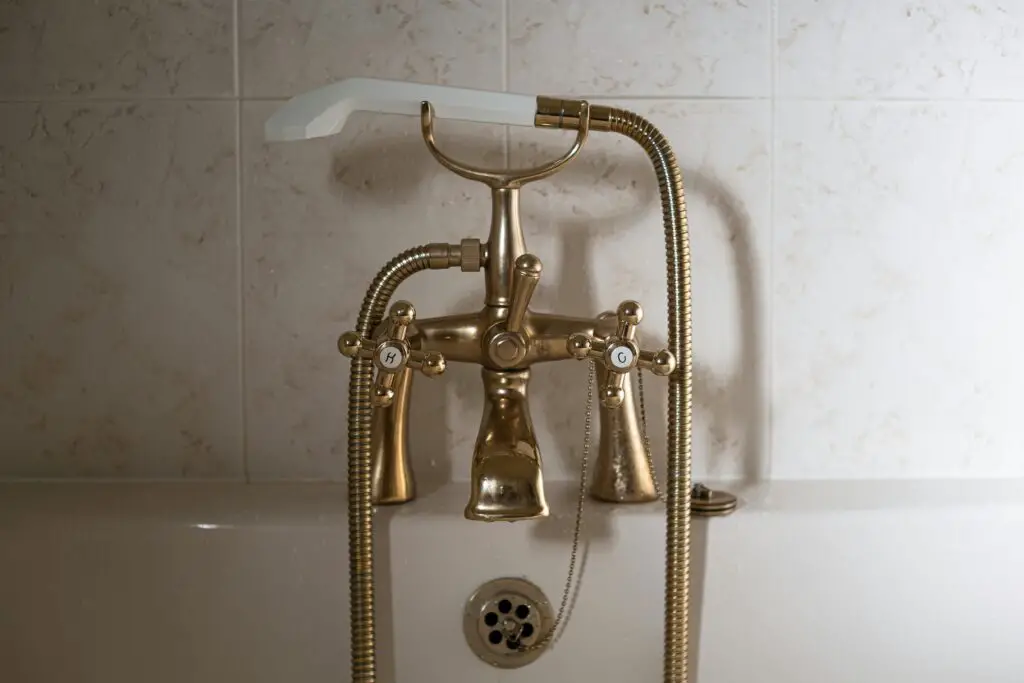
Brass fixtures were everywhere in ’80s homes, from light fixtures to cabinet handles, but they eventually fell out of favor as chrome and brushed nickel took over. Now, younger buyers are embracing brass again, appreciating its warmth and vintage appeal. Unlike the overly polished brass of the past, today’s versions often have a brushed or antiqued finish, giving them a more subtle, sophisticated look. This small detail can instantly elevate a space, making it feel both retro and refined.
The resurgence of brass is part of a larger trend toward mixing metals in home design. Instead of sticking to one finish throughout a space, homeowners are combining brass with matte black, bronze, and stainless steel for a curated aesthetic. When used in moderation, brass accents can create a timeless and elegant atmosphere. Whether in the form of faucets, doorknobs, or statement lighting, this retro material is proving its staying power.
9. Colored Kitchen Appliances
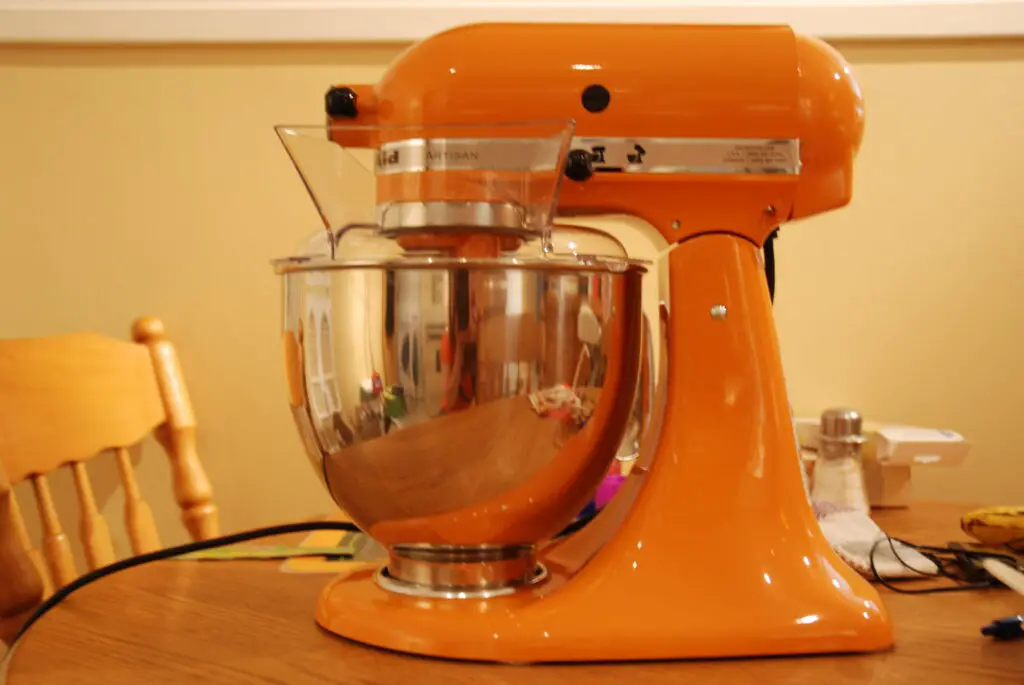
In the 1980s, kitchen appliances came in an array of bold colors, from avocado green to burnt orange. Over time, neutral stainless steel and white became the go-to choices, pushing colorful appliances out of favor. Now, however, younger homeowners are bringing them back, favoring retro-inspired shades like pastel blue, deep red, and emerald green. These appliances add personality to the kitchen, making it feel more vibrant and unique.
The revival of colored kitchen appliances aligns with the growing appreciation for vintage aesthetics. Instead of sterile, all-white kitchens, homeowners are embracing playful and eclectic design elements. When paired with modern cabinetry and sleek countertops, colorful appliances can create a striking contrast. This mix of old and new allows homeowners to enjoy a nostalgic touch without sacrificing modern convenience.
10. Statement Wallpaper
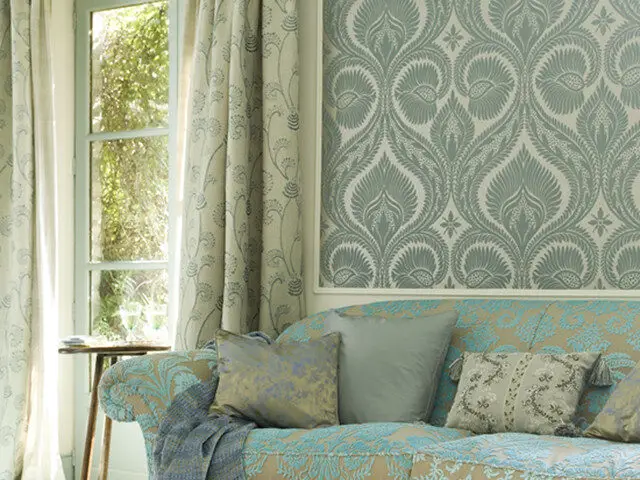
The ’80s were known for bold, busy wallpaper designs that covered entire rooms, but they eventually gave way to neutral paint trends. Now, statement wallpaper is making a comeback, with younger homeowners embracing retro patterns and vibrant colors. Instead of the overwhelming florals and paisleys of the past, modern wallpaper designs feature geometric prints, abstract art, and even metallic accents. When used on an accent wall or in a small space like a powder room, these wallpapers add personality without overpowering the room.
Another reason for this revival is the availability of peel-and-stick options, making it easier than ever to experiment with bold designs. Homeowners love the flexibility of changing up their décor without committing to permanent installations. When paired with contemporary furniture and modern lighting, statement wallpaper can blend seamlessly with today’s interiors. This once-dated trend is now a stylish way to add depth and visual interest to any space.
11. Energy-Efficient Features
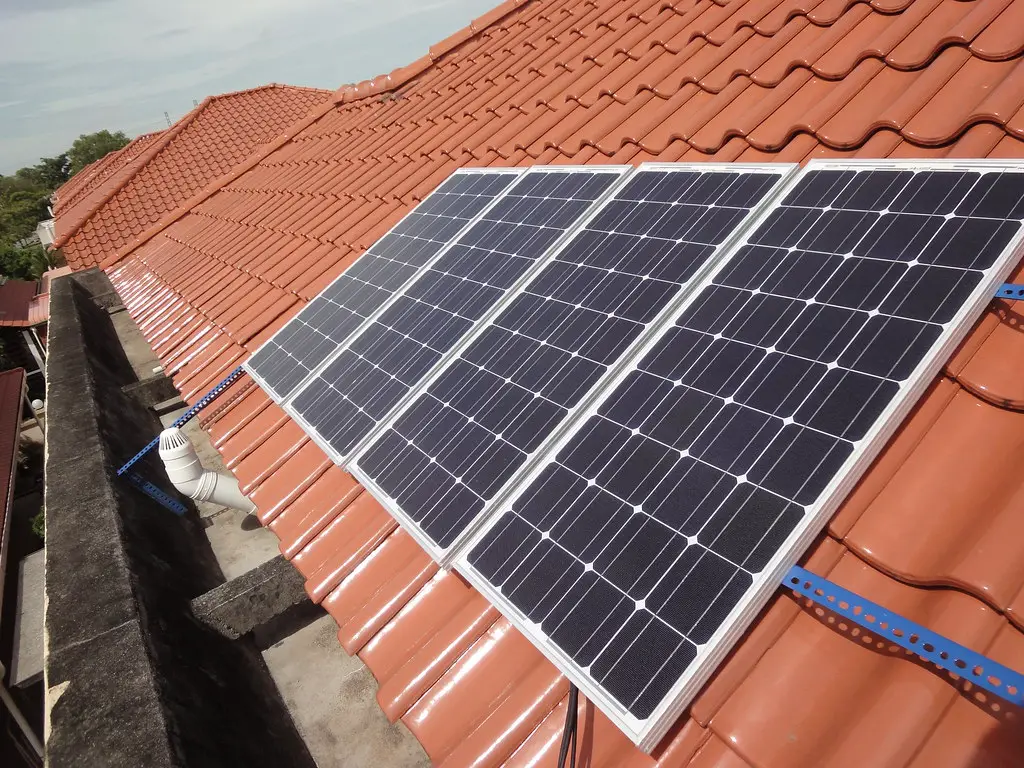
Energy-efficient features are increasingly popular among younger homebuyers who prioritize sustainability and cost savings. Gen Z and millennials are keen on homes equipped with energy-efficient appliances, solar panels, high-performance windows, and smart thermostats that help minimize energy consumption. These features not only align with the values of environmental responsibility but also promise long-term savings on energy bills, which makes them appealing to younger buyers looking to reduce their carbon footprint.
For older buyers, however, the focus may be less on energy efficiency and more on immediate comfort and convenience. Many older buyers have already invested in older systems and appliances that may not be as energy-efficient, and they might not see the value in upgrading to more sustainable options, particularly if they have fewer years left in the home.
12. Smart Home Automation
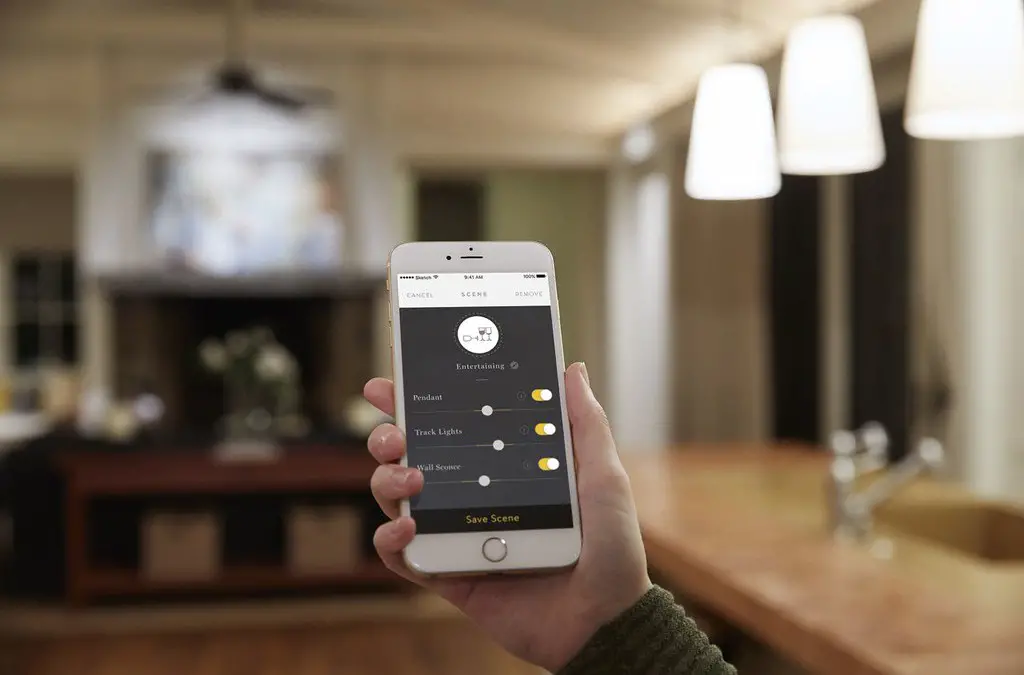
Smart home automation has quickly become a defining feature for many younger homebuyers, especially those who are tech-savvy and value convenience. Gen Z and millennials are attracted to homes that offer integrated smart systems, allowing them to control lighting, temperature, security, and appliances all from their smartphones or voice assistants. These automated systems are designed to make life easier, providing everything from intelligent lighting that adjusts based on the time of day to thermostats that learn a homeowner’s preferences and adjust accordingly. For younger generations, these systems aren’t just about convenience—they also represent a modern lifestyle that embraces technology, innovation, and efficiency.
In contrast, older buyers may be less interested in smart home automation, as it can sometimes feel complicated or intrusive. Many in this demographic are more accustomed to traditional home systems that require manual control, such as standard light switches or thermostats. For older buyers, the allure of smart technology may not outweigh the perceived learning curve or the concern about privacy and security risks.
